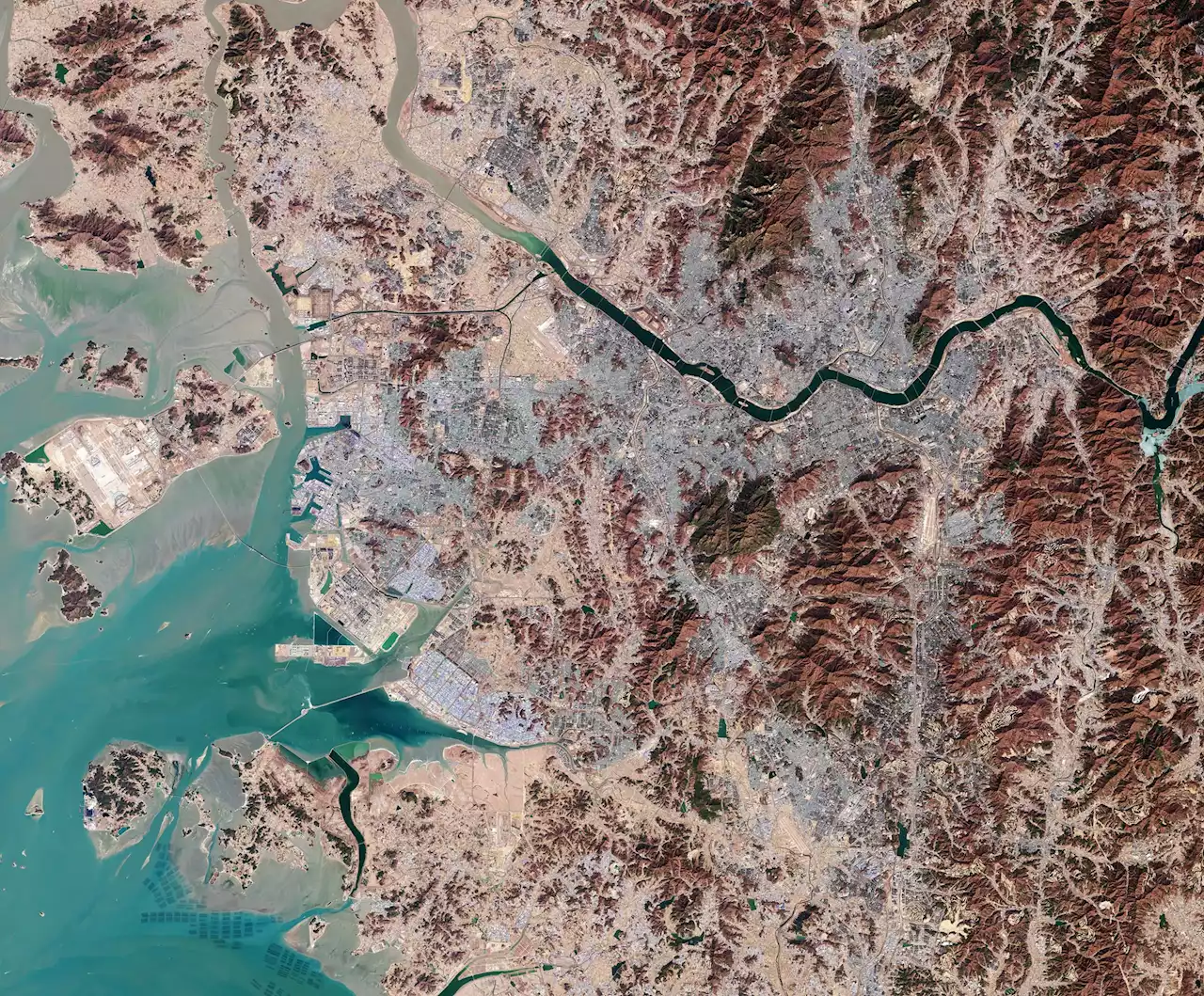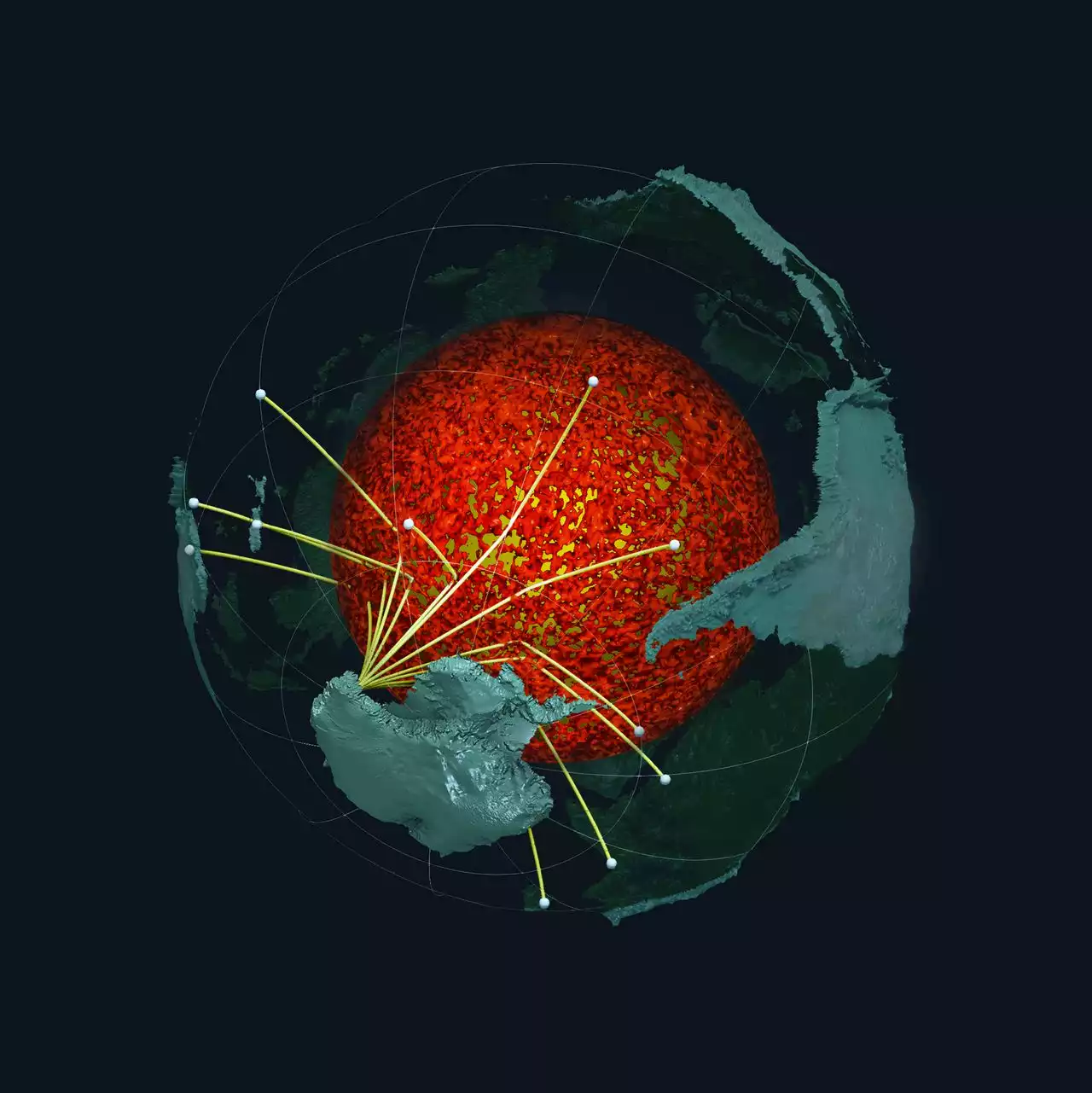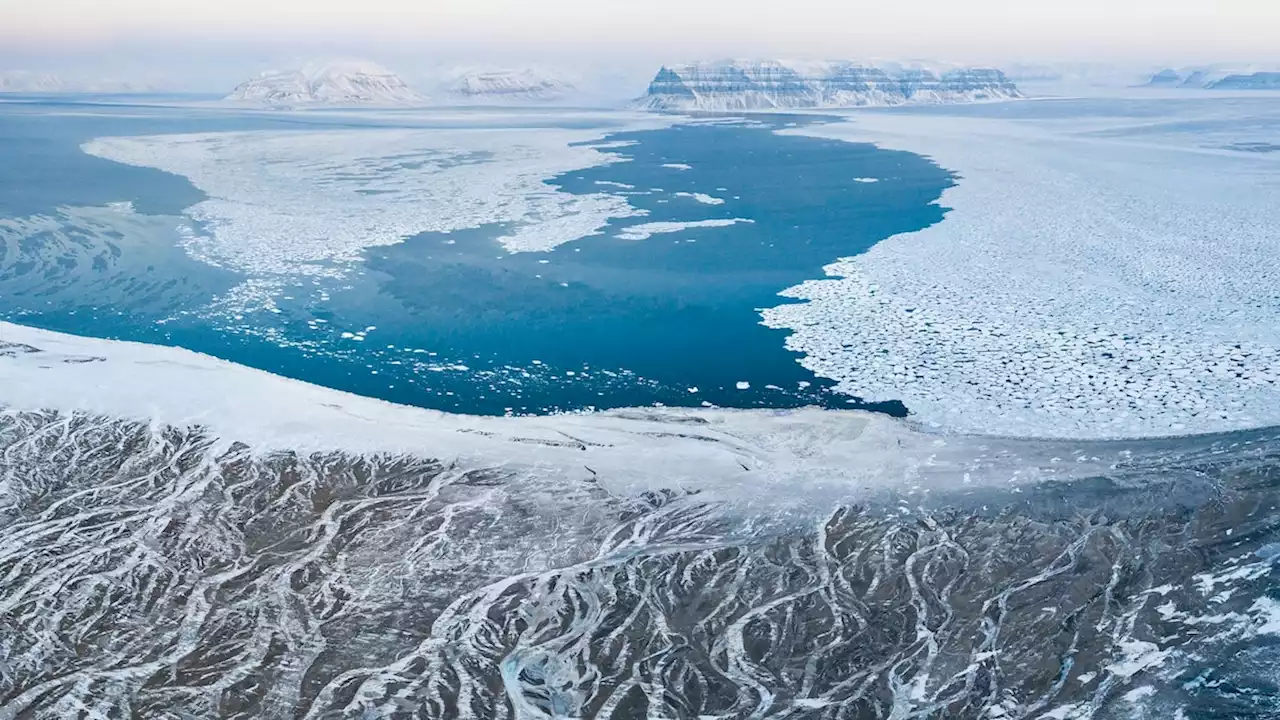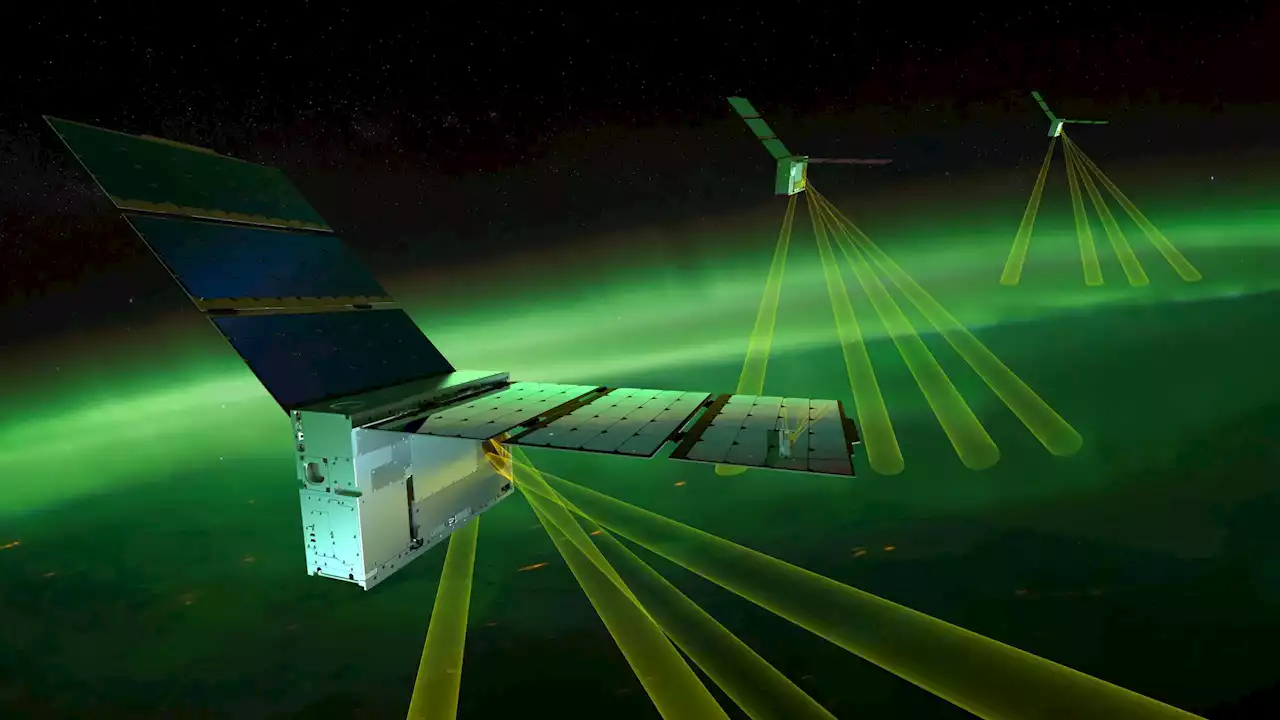NASA’s Electrojet Explorer Mission Passes Critical Development Milestone NASA's EZIE mission has passed a critical review and remains on track for a launch next year. The mission aims to study auroral electrojets in Earth's ionosphere, providing insights into the Sun-Earth connection and space weat
The Electrojet Zeeman Imaging Explorer —is a SmallSat mission that will characterize the electric currents that link Earth’s aurora to the planet’s magnetosphere. This illustration shows the three EZIE spacecraft orbiting above the aurora at one of Earth’s poles Credit: NASA/Johns Hopkins APL/Steve Gribben’s EZIE mission has passed a critical review and remains on track for a launch next year.
“We are excited for what we will learn from EZIE,” said Peg Luce, acting director of NASA’s Heliophysics Division at NASA Headquarters in Washington. “This mission will deepen our knowledge of the Sun-Earth connection and help us better understand the electrical currents that link beautiful aurora to Earth’s magnetosphere.
EZIE team members met with an independent panel of experts tasked with assessing the spacecraft’s critical design elements and the mission’s progress for NASA last month on APL’s campus. During this three-day Critical Design Review — a review required of all NASA missions — the team presented slides on a variety of topics, including the mission’s trajectory design, mission requirements, science objectives, schedule, outreach program, costs, and risks.
As part of the EZIE mission, the team has designed 700 small magnetometer kits dubbed EZIE-Mag to create an easy and engaging way to include students and teachers across the country in the mission. The outreach program has set a new bar for NASA mission outreach programs. Credit: NASA/Johns Hopkins APL/Craig Weiman
United States Latest News, United States Headlines
Similar News:You can also read news stories similar to this one that we have collected from other news sources.
 5 Of The Biggest Animals To Ever Live On EarthEarth was once home to giant animals, and some are still around today.
5 Of The Biggest Animals To Ever Live On EarthEarth was once home to giant animals, and some are still around today.
Read more »
 The Earth's Core Is Wrapped in the Floor of an Ancient Ocean, Scientists SayThe core-mantle boundary is dotted with Everest-dwarfing 'mountains' made of ocean floors that were dragged to the interior over millions of years.
The Earth's Core Is Wrapped in the Floor of an Ancient Ocean, Scientists SayThe core-mantle boundary is dotted with Everest-dwarfing 'mountains' made of ocean floors that were dragged to the interior over millions of years.
Read more »
 Exploring Earth From Space: Seoul, South KoreaSouth Korea’s capital city, Seoul, and its surroundings are featured in this satellite image, captured by the Copernicus Sentinel-2 mission on February 21, 2023. Situated some 50 km (30 miles) south of the North Korean border, the metropolitan area of Seoul appears as the grey area in the center of
Exploring Earth From Space: Seoul, South KoreaSouth Korea’s capital city, Seoul, and its surroundings are featured in this satellite image, captured by the Copernicus Sentinel-2 mission on February 21, 2023. Situated some 50 km (30 miles) south of the North Korean border, the metropolitan area of Seoul appears as the grey area in the center of
Read more »
 UA researchers: Ancient ocean floor near Earth’s core may have heat safety valvesThe findings could help scientists understand how heat escapes from the Earth's core.
UA researchers: Ancient ocean floor near Earth’s core may have heat safety valvesThe findings could help scientists understand how heat escapes from the Earth's core.
Read more »
 5 of the Most Isolated Peoples on Earth🔄FROM THE ARCHIVE And why you should probably never meet some of them.
5 of the Most Isolated Peoples on Earth🔄FROM THE ARCHIVE And why you should probably never meet some of them.
Read more »
 See what a year looks like in Svalbard, Norway, the fastest-warming place on EarthMelting fjords, increasing avalanches, imperiled wildlife. Our photographer documented the effects of climate change through all four seasons in Svalbard, Norway.
See what a year looks like in Svalbard, Norway, the fastest-warming place on EarthMelting fjords, increasing avalanches, imperiled wildlife. Our photographer documented the effects of climate change through all four seasons in Svalbard, Norway.
Read more »
